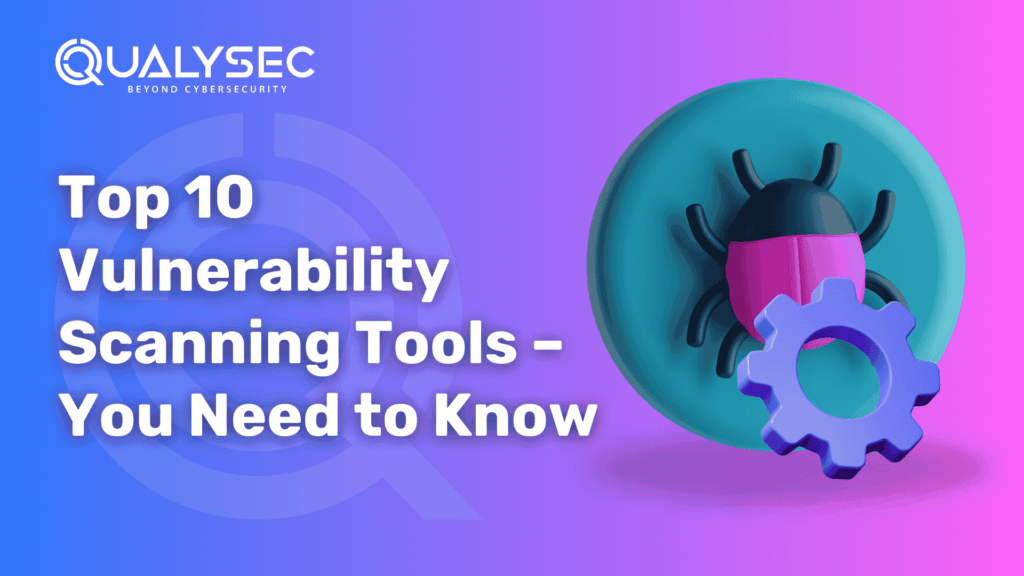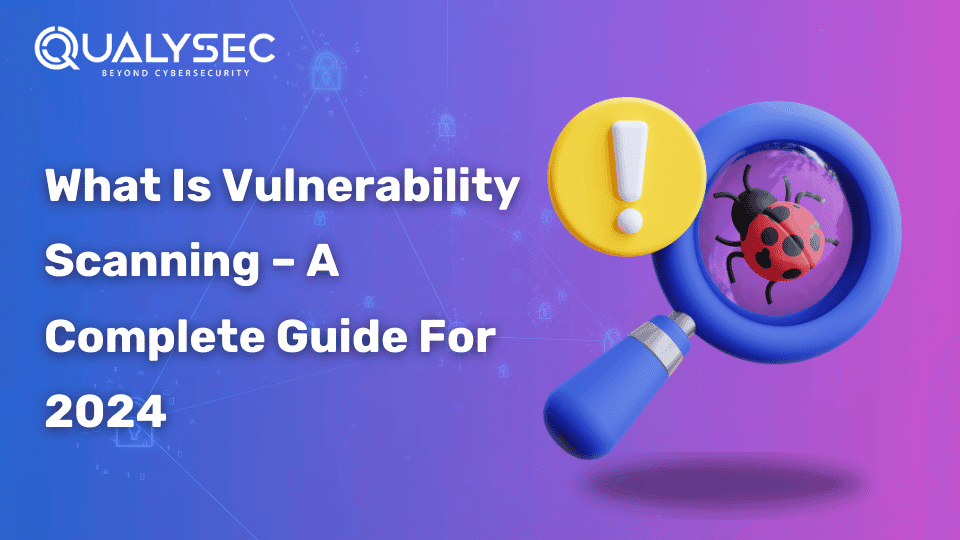Top 10 Vulnerability Scanning Tools – You Need to Know in 2025
Cyberattacks are growing more complicated every day, and businesses of all sizes face increasing risks. In fact, global cybercrime costs are expected to hit a staggering $10.5 trillion annually by 2025. Hackers are always on the lookout for system weaknesses, often exploiting misconfigurations and unpatched vulnerabilities to gain access to IT infrastructures. Alarmingly, over 80% of data breaches result from these unaddressed vulnerabilities. With cyber threats evolving at breakneck speed, vulnerability scanning tools have become the backbone of modern cybersecurity strategies. These tools act as a shield, scanning your systems to uncover security gaps before attackers do. They help businesses not just find vulnerabilities but also prioritize and fix them. But with hundreds of options available, how do you choose one that meets your needs? With new advancements in artificial intelligence and machine learning, today’s vulnerability scanners are smarter, faster, and more reliable, making them a must-have for businesses aiming to stay secure in 2025. This guide breaks down the top 10 vulnerability scanning tools to look out for in 2025, explaining their features, strengths, and use cases. Whether you’re a cybersecurity professional or a business owner, this post will help you make an informed decision. What are Vulnerability Scanning Tools? Before we jump into the list, it’s important to clarify what vulnerability scanning tools are and why they matter. Vulnerability scanners are software solutions designed to identify potential security weaknesses in systems, networks, and applications. By running automated scans, these tools pinpoint vulnerabilities hackers could exploit, enabling organizations to address these issues before problems occur. Modern vulnerability scanning tools go beyond basic detection; they also provide actionable remediation advice, real-time updates for evolving threats, and compliance-checking capabilities across industries. Key Types of Vulnerability Scans: Network Scanning: Identifies vulnerabilities in network infrastructure such as routers, switches, and firewalls. Web Application Scanning: Focuses on detecting vulnerabilities in web applications, including SQL injection, cross-site scripting (XSS), and more. Infrastructure Scanning: Examines servers, databases, and other foundational systems for potential risks. By conducting regular vulnerability scans, organizations can maintain a robust security posture and safeguard their digital assets. Why Are These Tools Critical in 2025? Increasing Threat Complexity: Cyber threats are getting more sophisticated and frequent, meaning businesses need advanced tools to stay ahead. Regulatory Compliance: Governments worldwide are implementing stricter data protection and privacy regulations. Rising Costs of Data Breaches: The average cost of a data breach in 2025 is projected to exceed $5 million. Let’s explore the tools making waves this year. Top 10 Vulnerability Scanning Tools in 2025 1. Qualysec Qualysec continues to lead the cybersecurity industry with its cutting-edge vulnerability scanning services. Founded in 2020, Qualysec has rapidly gained recognition for its expertise in penetration testing, security consulting, and incident response. With an office in India, the company serves global clients, offering a wide range of services, including: Web Application Penetration Testing Mobile Application Penetration Testing API Security Testing Cloud Security Testing IoT Device Security Testing Blockchain Security Testing Why Choose Qualysec? Combines human expertise with automated tools for comprehensive assessments. Adheres to industry standards with clear, actionable reports. Offers post-assessment consulting to enhance security strategies. Qualysec’s solutions are particularly beneficial for businesses adhering to regulatory standards or aiming to demonstrate their commitment to cybersecurity. Routine penetration testing with Qualysec ensures that vulnerabilities are identified and addressed before they can be exploited. Talk to our Cybersecurity Expert to discuss your specific needs and how we can help your business. Schedule a Call 2. Invicti Invicti excels in web application security, offering highly accurate and user-friendly vulnerability scanning solutions. Its powerful engine is designed for developers and security professionals, providing comprehensive coverage and easy integration into development pipelines. Features: Seamless integration with CI/CD tools. Advanced vulnerability detection for web applications. Intuitive interface for streamlined usability. 3. Nmap Nmap remains a top choice for network discovery and security auditing. As an open-source tool, it is favored by network administrators for its powerful port scanning capabilities and extensive customization options. Highlights: Effective for network inventory and monitoring. Supports a wide range of scanning techniques. Free and open-source. 4. OpenVAS OpenVAS (Open Vulnerability Assessment System) is another robust open-source tool specializing in infrastructure vulnerability assessment. With its extensive database and powerful scanning capabilities, OpenVAS is ideal for securing IT environments. Advantages: Comprehensive vulnerability database. Free and community-supported. Flexible configuration options. 5. RapidFire Tailored for Managed Service Providers (MSPs) and Managed Security Service Providers (MSSPs), RapidFire VulScan offers an all-in-one solution for vulnerability scanning and remediation. Key Features: Efficient scanning for multi-client environments. Comprehensive reporting and remediation workflows. Easy integration with IT management tools. 6. StackHawk StackHawk focuses on DevOps and small-to-medium businesses (SMBs), offering application security testing that seamlessly integrates into development pipelines. Notable Features: Developer-centric approach to vulnerability scanning. Continuous scanning for application security. Simplified setup and operation. 7. Cobalt.IO Cobalt’s cloud-based vulnerability scanning platform is renowned for its scalability and efficiency. It offers comprehensive web application testing and boasts an impressive clientele, including global brands like Nissan and Vodafone. Pros: Scalable solutions for enterprises. Accurate and detailed reporting. Free trial available for new users. Cons: Can be slow for large scans. Slightly expensive compared to competitors. 8. Burp Suite A favorite among penetration testers, Burp Suite combines manual and automated tools for thorough vulnerability analysis. It excels in web application security testing and offers step-by-step remediation advice. Strengths: Detailed vulnerability insights. Integration-friendly for ticketing systems. Supports complex targets and URLs. Limitations: Advanced features are locked behind a commercial license. High pricing for enterprise editions. 9. Wireshark Wireshark is a powerful network packet analyzer widely used for network troubleshooting and analysis. While not a traditional vulnerability scanner, its capabilities make it indispensable for monitoring network traffic. Features: Live traffic capture and analysis. Compatibility with various operating systems. Free and open-source. Drawbacks: Lacks automated intrusion detection. Steep learning curve for beginners. 10. Qualys Guard Qualys Guard is a leader in cloud-based vulnerability management, providing automated auditing and protection for IT assets





